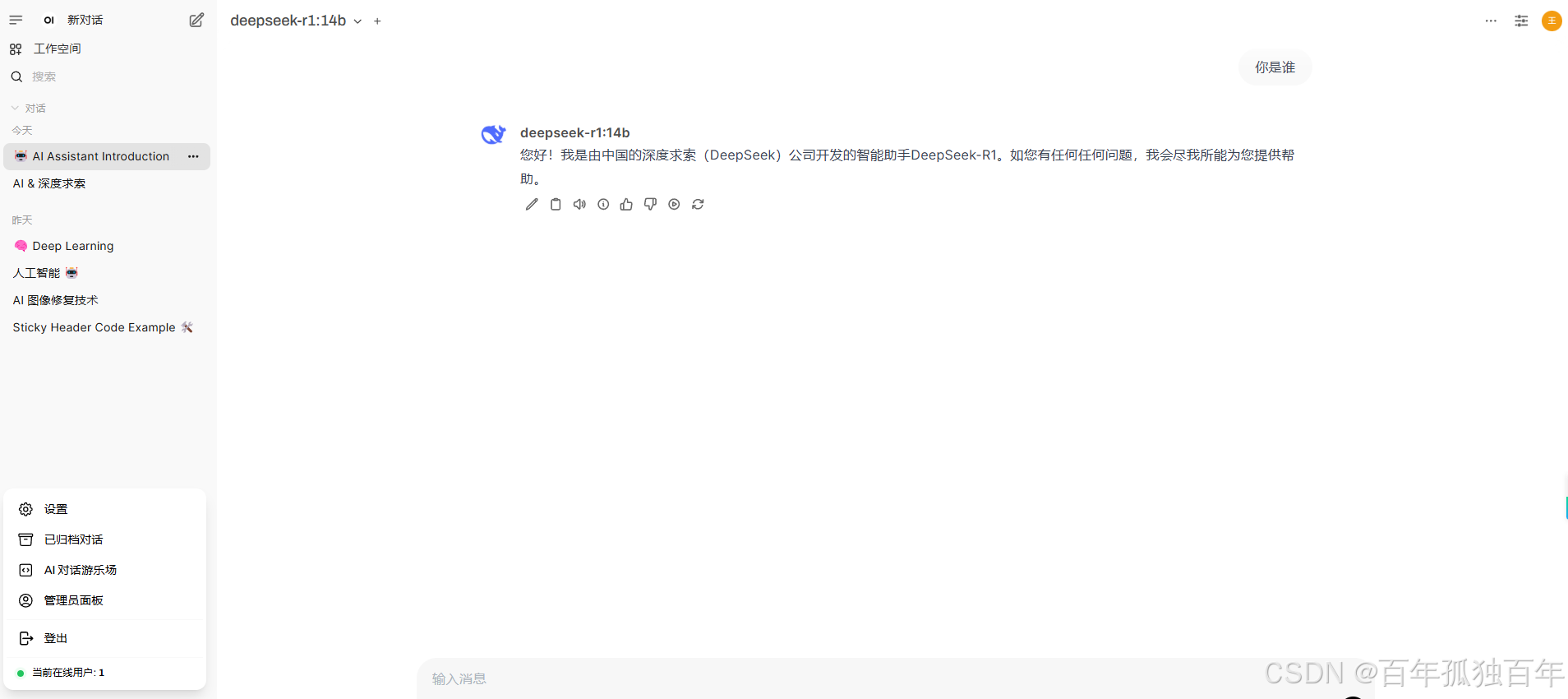💕💕作者: 爱笑学姐
💕💕个人简介:十年Java,Python美女程序员一枚,精通计算机专业前后端各类框架。
💕💕各类成品Java毕·设 。javaweb,ssm,springboot,python,app等项目,欢迎咨询。
💕💕程序开发、技术解答、代码讲解、文档,🌟获取源码+数据库+文档🌟✈️可私✈️
✈️软件下载 | 实战案例 ⭐获取软件下载链接,及项目演示视频🌟✈️可私✈️
项目说明
springboot239-springboot在线医疗问答平台(源码+论文+PPT+部署讲解等)
截图展示





















使用说明
使用Navicat或者其它工具,在mysql中创建对应名称的数据库,并导入项目的sql文件;
使用IDEA/Eclipse/MyEclipse导入项目选择maven,选中pom.xml,修改配置,运行项目;
将项目中applicationContext.xml配置文件中的数据库配置改为自己的配置,然后运行;
运行成功后,在浏览器中输入:http://localhost:8080/项目名
技术范围:SpringBoot、Vue、SSM、HLMT、Jsp、PHP、Nodejs、Python、爬虫、数据可视化、小程序、安卓app、大数据、物联网、机器学习等设计与开发。
功能和技术介绍
本文的重点是对该系统的开发环境、要实现的基本功能和开发步骤进行了说明,并重点阐述了系统设计方案的关键点、设计思想
该系统基于浏览器B/S的方式进行访问,采用springboot集成快速开发框架,前端使用vue方式,开发工具IntelliJ IDEA x64,因为该开发工具,内嵌了Tomcat服务运行机制,可不用单独下载Tomcat server服务器。由于考虑到数据库结构的灵活性,本系统想要使用 MySQL来设计数据库 ,而 java技术 B/S架构则确保了较高的平台适应性。
开发环境
IntelliJ IDEA: 一先进的IDEA,用于java开发,提供了丰富的工具和功能。
操作系统 Windows
软件开发平台 Eclipse/IDEA
数据库 Mysql Navicat
服务器 Tomcat
绘制功能类图工具 Microsoft Visio
需求分析
作为软件前期开发过程中,需要对项目进行需求分析,首先要了解业务具体做什么,实现什么样的功能,在功能模块中细分每个功能模块的使用背景,只有这样在软件开发中,才不会重复出现因为架构设计的缺陷,导致在次设计底层数据结构的发生,此外,有些非功能的特细,比如数据库性能、安全性的考虑、网速的反映时间都是作为需求分析的约束条件,也是项目开发完成后,在运行时需要分析的目标。
本项目设计的系统主要采用vue前端开发,后端使用java语言以及springboot集成开发性框架,采用mysql数据库,根据自身所学专业,结合网上查阅案列及图书馆资料,开发实现是没有太大问题的开发一套成熟的软件,都需要经过一段漫长的过程,这里设计到软件的需求分析、制定计划,开发人员、测试环节、调试过程,都需要资金及人力的投入。而这套软件的开发,可以通过网上开源源码及相关资料的学习,在硬件及电脑使用上,都是自己所用,所以在开发成本上可以忽略不计
系统设计
本课题拟采用主流的MVC架构、MySQL数据库技术、Vue.js技术和现代网络通讯技术来完成。
为保证所开发的系统的合理性,需要严格按照系统设计过程涉及到的各个环节进实施。具体而言,软件开发是根据用户要求建造出软件系统或者系统中的软件部分的过程,是一项包括需求获取、需求分析、设计、实现和测试的系统工程。因此本课题将结合软件工程的设计思路和方法,分别从设计软件的功能和实现的算法和方法、软件的总体结构设计和模块设计、编程和调试、程序联调和测试以及编写、提交程序等各项内容分别去展开。
软件测试
为了确保系统的正确性和可靠性,需要对不同的模块进行审查,在代码完成后对系统进行测试必不可少。(1)代码逻辑测试,代码的质量决定了模块运行的持续性。因此,在编写代码时,必须严格按照测试的要求进行编写,测试输出是否符合预期的要求。(2)功能性测试,为了测试模块之间的衔接是否紧密,各个功能之间的组合是否符合最初系统设计的要求,有一些细微的功能上的差别是否会影响到系统的运行,本系统虽然还是存在一些细小的误差,但是不会影响整个系统的运行。(3)压力测试,当多个管理员登录系统进行操作时,测试服务器是否能承载。经过以上测试发现本系统存在一些不足和缺点,一边测试一边进行修改,力争使本系统符合要求。
详细视频演示
请联系我获取更详细的演示视频
源码获取
文章下方名片联系我即可~
✌💗大家点赞、收藏、关注、评论啦 、查看✌💗
👇🏻获取联系方式👇🏻



















